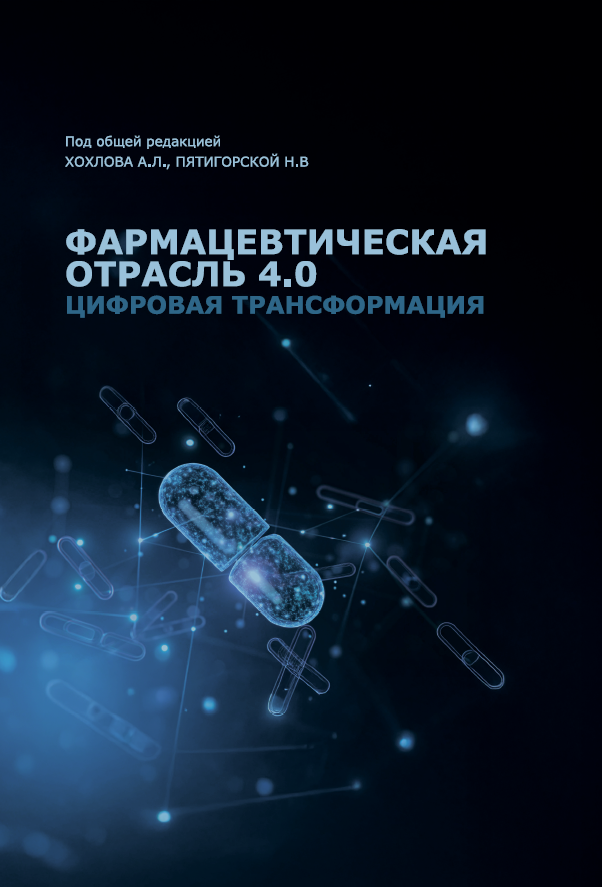Редакция журнала «Качественная клиническая практика» рада сообщить о том, что теперь мы публикуем электронные версии статей, принятых к печати, до выхода печатной версии номера. Все статьи, размещаемые в электронном виде в разделе «Принято в печать» (Online first), прошли полноформатную процедуру рецензирования, отбора, редакционной обработки и после формирования соответствующего выпуска публикуются в печатной версии журнала «Качественная клиническая практика». Датой финальной публикации статьи следует считать публикацию её электронной версии в разделе «Принято в печать». Таким образом, версию статьи, размещаемую в разделе «Принято в печать», следует считать окончательным вариантом статьи и на неё можно ссылаться как на состоявшуюся публикацию. Любые ошибки, обнаруженные после даты публикации электронной версии статьи, могут быть исправлены только в виде отдельной публикации, размещаемой в очередном номере журнала.
Статью, публикуемую в разделе «Принято в печать», следует цитировать с использованием уникального номера статьи – DOI, единого для электронной и печатной версий.
Образец для цитирования статьи, размещённой в разделе «Принято в печать»:
Елисеева Е.В., Манеева Е.С., Кропотов А.В. Пути повышения комплаентности пациентов в программе льготного лекарственного обеспечения. Качественная клиническая практика. 2019; https://doi.org/10.24411/2588-0519-2019-10084 (дата обращения 16.12.2019). [Eliseeva E.V., Maneeva E.S., Kropotov A.V. Ways to increase patient compliance in the drugs preferential provision. Kachestvennaya klinicheskaya praktika. 2019; https://doi.org/10.24411/2588-0519-2019-10084]
Сразу после выхода печатной версии номера журнала статья удаляется из раздела «Принято в печать» и появляется в разделе текущего выпуска («Последний выпуск»).
Образец для цитирования статьи после её публикации в печатной версии журнала:
Елисеева Е.В., Манеева Е.С., Кропотов А.В. Пути повышения комплаентности пациентов в программе льготного лекарственного обеспечения. Качественная клиническая практика. 2019;(3):60-68. https://doi.org/10.24411/2588-0519-2019-10084 [Eliseeva E.V., Maneeva E.S., Kropotov A.V. Ways to increase patient compliance in the drugs preferential provision. Kachestvennaya klinicheskaya praktika. 2019;(3):60-68. (In Russ.) https://doi.org/10.24411/2588-0519-2019-10084]
Статьи, размещаемые в разделе «Принято в печать», доступны только в формате pdf.
NB! При цитировании статей из раздела «Принято в печать» следует в обязательном порядке указывать DOI, так как только этот идентификатор позволит ссылке «не потеряться» после присвоения статье номеров страниц в печатной версии журнала. DOI также необходимо указывать при цитировании статьи из печатной версии журнала!
Информация обновлена 16.05.2020 г.















































